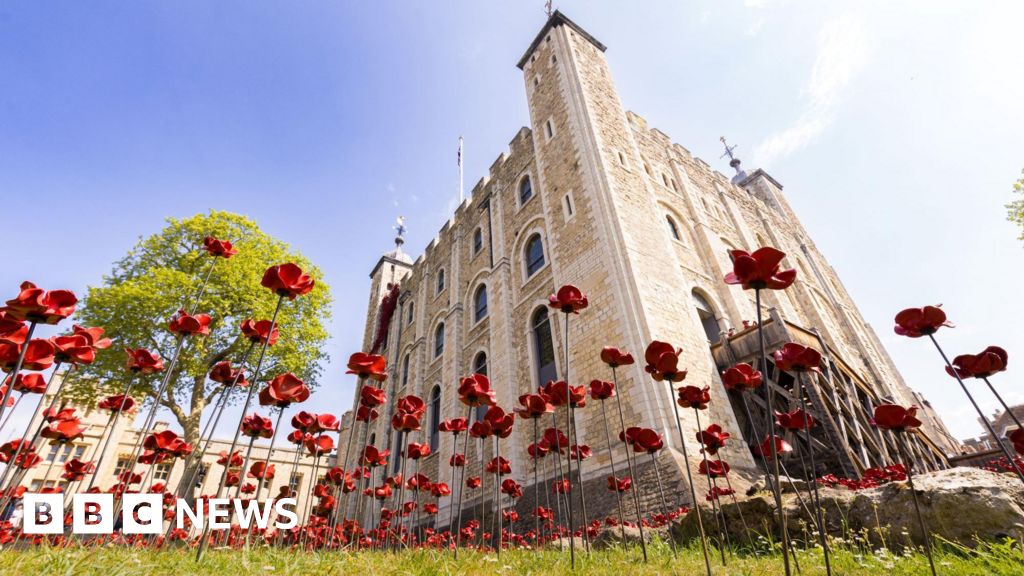
"The Tower of London, one of London's most iconic landmarks, played a significant role during and after World War Two, including as a barracks, a prisoner of war centre, and even an allotment. It was later home to members of the Home Guard, established in May 1940 to defend the UK against the threat of Nazi invasion. This history is being celebrated in the build-up to Remembrance Day with a Flights, Camera, Action! event, from 25 October to 2 November."
"The Tower was closed to the public just before the war began, but continued to be used as a barracks for the Yeoman Warders, popularly known as Beefeaters. They and the Home Guard, like many across London, boosted food supplies by planting allotments in the Tower's south moat, as part of the Dig for Victory campaign. From 1942, the moat was also home to the Women's Auxiliary Air Force, who operated the barrage balloon tethered to the moat to deter bombing raids."
The Tower of London served as a barracks, a prisoner-of-war collection centre, and allotment space during and after World War Two. Members of the Home Guard were based there after May 1940. The Tower's south moat hosted Dig for Victory allotments and, from 1942, a Women's Auxiliary Air Force unit operating a barrage balloon. The Crown Jewels were hidden at Windsor Castle for protection and returned in October 1947 after the Wakefield Tower was damaged by German V-1 flying bombs. Rudolf Hess was held briefly in the King's House in May 1941. A Flights, Camera, Action! event ran 25 October to 2 November and 30,000 ceramic poppies remained until 11 November.
Read at www.bbc.com
Unable to calculate read time
Collection
[
|
...
]